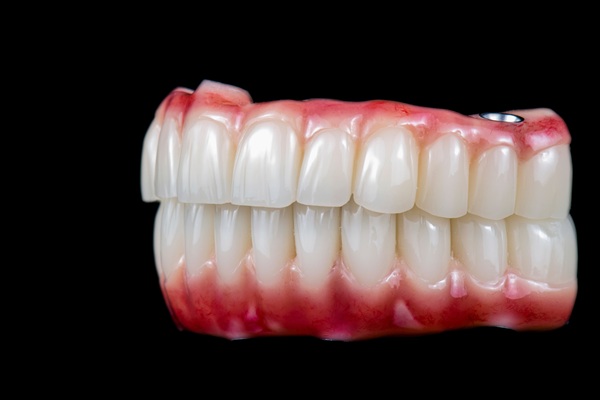Three Questions to Ask Your Dentist About White Dental Fillings

White dental fillings are a lot more popular than traditional silver amalgam fillings nowadays. Also known as composite fillings, the materials used are made from mixing plastic and glass resins. They can be color-matched with the patient’s teeth, so any repairs look natural in their mouth.
That leads to significantly improved aesthetics over conventional amalgam fillings, which have a dark gray color. White dental fillings can fix various dental issues like tooth decay, minor to mild chips and breaks, or stains and discoloration.
Questions to ask a dentist about white dental fillings
Thinking about restoring one or more damaged teeth with composite bonding? Here are the answers to some of the questions you might have:
1. What does the process look like?
Fixing dental issues with tooth-colored dental fillings is a non-invasive procedure that can be completed in as little as 45 minutes per tooth. It does not involve making permanent alterations to the patient’s tooth, and anesthetics are typically not used unless it is being used to treat tooth decay.
At the start of the treatment, the dentist cleans the patient’s tooth and applies an etching solution to roughen its exterior. This leads to a better bond with the composite and long-lasting results. The composite is applied to the tooth in layers and molded as needed. It is hardened with a curing light, and the tooth is polished to complete the treatment. They walk out of the clinic with their tooth fully restored.
2. How durable are these composite resins?
Tooth-colored fillings typically last as long as silver amalgam fillings. It allows the dentist to close up cavities with smaller fillings, preserving the integrity of the teeth being treated. Restorations made with composite bonding can last anywhere from 5 to 15 years. Follow-up applications of the composite can be performed as needed to preserve the appearance and effectiveness of the restoration.
3. How do I maintain composite restorations and repairs?
Teeth that have been restored with composite bonding do not need any additional maintenance besides brushing and flossing. This helps to keep the restored tooth healthy and minimizes stains forming on the tooth.
The composites used for tooth-colored fillings are more prone to stains than natural teeth. Avoiding things that can stain them, like tobacco smoke, coffee, and red wine helps preserve their color. Other things patients can do to maintain their composite fillings include:
- Avoid mouth rinses that contain alcohol
- Avoid abrasive oral hygiene products like those that contain baking soda
- Avoid biting down on hard things
- Brush twice daily and floss once each day
- Visit a dentist twice a year so the restoration can be examined
Restore your damaged teeth
Composite bonding provides a fast solution for issues like cavities or damaged teeth. It only takes about 45 minutes to fix a tooth, and you walk out of our clinic with a restored smile. Give us a call or visit our Tomball clinic to set up an appointment with our dentist.
Request an appointment here: https://www.drbohan.com or call Heather Feray Bohan, DDS, PA at (281) 864-1581 for an appointment in our Tomball office.
Check out what others are saying about our dental services on Yelp: Dental Fillings in Tomball, TX.
Recent Posts
The dental filling undergoes improvements every year, and increases in its longevity are becoming more common. However, despite advances, dental filling have a limited lifespan, beyond which they begin to deteriorate. As a result, it is essential to be aware of the indicators of filling failure. When your dental filling begins to fail, you should…
Gum recession is one of the many conditions that can be treated with the use of composite fillings. Receding gums can reduce confidence in the appearance of a person's smile and increase the risk of tooth sensitivity and decay. Fortunately, with treatment, this condition can often be stopped or reversed.Gum recession occurs when the gums…
Using dental fillings to treat cavities is one of the most common types of routine dental care. The American Dental Association reports that approximately 91% of adults will experience at least one cavity in their permanent teeth at some point in time. Fortunately, the high demand for this type of dental work has led to…
There are many routine dental procedures patients typically experience annually. The most common elements of dental checkups include X-rays and a cleaning. However, what happens if there is a problem with the gums? Even the most diligent patient may sometimes miss the early warning signs of gum disease. In this case, the dentist may perform…


